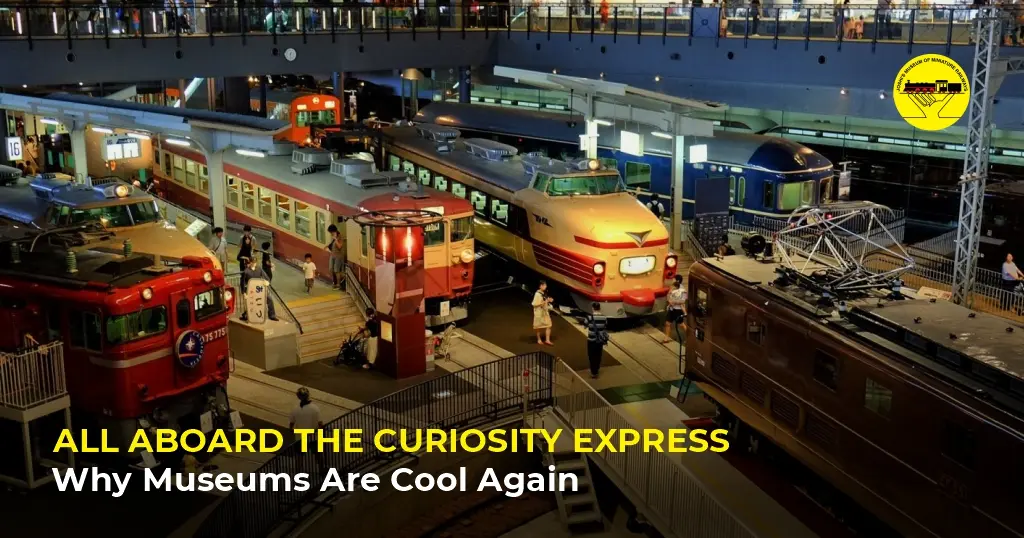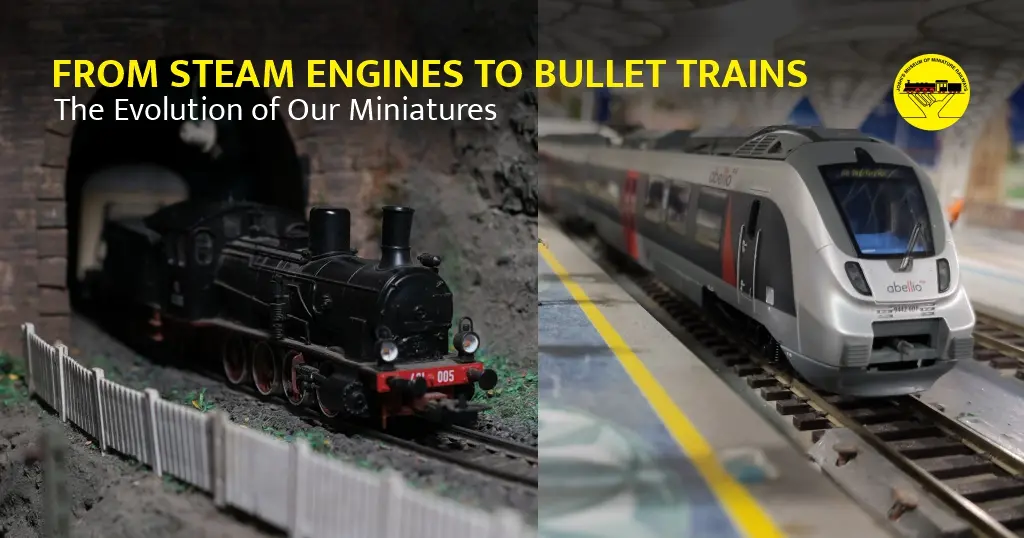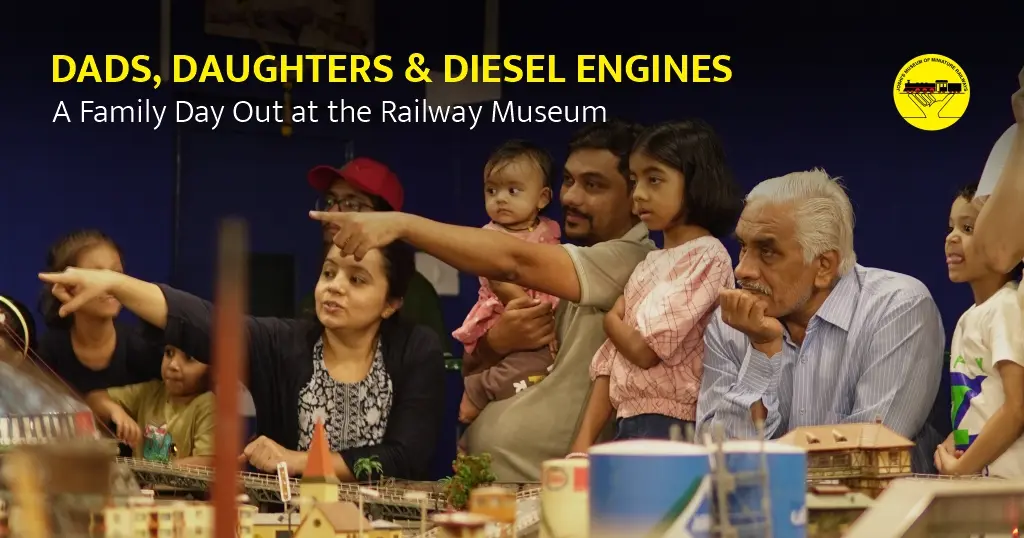Indian Railways is not just a transportation network; it is a lifeline that connects millions of people daily. With over 68,000 km of tracks, 7,300 stations, and 1.2 million employees, it stands as one of the world’s largest railway systems.
The journey of Indian Railways is a fascinating tale of colonial beginnings, technological advancements, and modernization. Let’s explore the key milestones that shaped its history.
1. The Birth of Indian Railways (1832-1853)
The First Proposal (1832)
The idea of introducing railways in India was first proposed in 1832, but it took years for the plan to materialize. The primary motive was to transport raw materials like cotton and tea efficiently for British trade.
First Operational Railway (1853)
On April 16, 1853, India’s first passenger train ran between Bori Bunder (Mumbai) and Thane, covering 34 km. The train had 14 carriages and was pulled by three steam locomotives: Sahib, Sindh, and Sultan. This marked the beginning of a revolution in Indian transportation.
2. Expansion Under British Rule (1853-1947)
Rapid Network Growth
By 1870, India had about 9,000 km of railway tracks. Key routes included:
- 1854: Howrah to Hooghly (Bengal) – Eastern India’s first line.
- 1856: Madras to Arcot – South India’s first line.
- 1862: Delhi to Calcutta – Connecting northern and eastern India.
By 1900, India had 25,000 km of railway lines, mostly used for freight and military transport. The railways also became a major employer, with over 100,000 workers by the early 20th century.
Electrification Begins (1925)
The Bombay Victoria Terminus (now Chhatrapati Shivaji Maharaj Terminus) to Kurla section became India’s first electrified railway line in 1925, marking a shift towards modern infrastructure.
3. Post-Independence Developments (1947-2000)
Nationalization of Railways (1951)
After independence, the government merged all railway companies into a single entity- Indian Railways (IR), under the Railways Act of 1951. This unification helped streamline operations and expand services to meet the needs of a growing nation.
Introduction of Diesel & Electric Locomotives
- 1957: First diesel locomotive introduced, reducing reliance on coal.
- 1960s: Electrification expanded, with over 3,000 km of tracks electrified by 1970.
Launch of Rajdhani Express (1969)
India’s first superfast train, the Rajdhani Express, was introduced between New Delhi and Howrah, covering 1,450 km in 17 hours. It offered air-conditioned coaches and high-speed travel, setting new standards for passenger comfort.
Computerized Reservations (1986)
The Indian Railway Catering and Tourism Corporation (IRCTC) introduced computerized ticket booking, revolutionizing passenger convenience. By the 1990s, Indian Railways was carrying over 12 million passengers daily, making it one of the busiest networks in the world.
4. Modernization & High-Speed Era (2000-Present)
Introduction of Online Booking (2002)
IRCTC launched online ticket booking, making travel planning easier for millions. Today, the platform handles 20 million+ users daily, with 14 million tickets booked online every month.
Dedicated Freight Corridor (DFC) (2020s)
A 3,300 km network is being built to decongest freight routes, boosting economic growth. Once completed, it will carry 70% of India’s freight traffic, reducing transit times by 50%.
Vande Bharat Express (2019)
India’s first semi-high-speed train, running at 160 km/h, was launched with modern amenities like Wi-Fi and bio-vacuum toilets. It covers Delhi to Varanasi (800 km) in just 8 hours, showcasing India’s engineering prowess.
Bullet Train Project (Ongoing)
The Mumbai-Ahmedabad High-Speed Rail (MAHSR), expected by 2028, will run at 320 km/h, reducing travel time to 2 hours. The project, costing ₹1.1 lakh crore, will be a game-changer for Indian transportation.
Record-Breaking Infrastructure
- Longest Platform: Gorakhpur (1,366 meters)
- Busiest Station: Howrah Junction (1 million+ passengers daily)
- UNESCO Heritage Sites: Darjeeling Himalayan Railway, Nilgiri Mountain Railway, Chhatrapati Shivaji Terminus
The Future of Indian Railways
The future of Indian Railways is poised for groundbreaking advancements, blending cutting-edge technology with sustainable growth. By 2024, the network aims to achieve 100% electrification, reducing carbon emissions and fuel dependency.
The Dedicated Freight Corridor (DFC), spanning 3,300 km, will revolutionize cargo transport, slashing transit times by 50% and boosting economic efficiency.
High-speed rail is set to redefine passenger travel, with the Mumbai-Ahmedabad Bullet Train (MAHSR)—India’s first 320 km/h rail line, expected to launch by 2028, cutting travel time to just 2 hours.
Meanwhile, the success of the Vande Bharat Express has paved the way for next-gen trains, including sleeper variants and hydrogen-powered locomotives. Innovations like AI-driven predictive maintenance, automated signaling, and hyperloop feasibility studies promise smarter, safer operations.
Additionally, solar-powered stations and bio-toilets underscore a commitment to eco-friendly transit.
With plans for semi-high-speed corridors on key routes and modernized stations offering airport-like amenities, Indian Railways is on track to become a global benchmark for efficiency, speed, and sustainability in the decades ahead.
Final Thoughts
Indian Railways is far more than just a transportation system- it is a living, breathing testament to India’s progress, resilience, and unity.
From the first chug of steam in 1853 to the sleek Vande Bharat Express racing across the landscape today, every milestone reflects the nation’s journey through colonialism, independence, and into a self-reliant future.
From steam engines to bullet trains, Indian Railways has come a long way. The story of Indian Railways is, ultimately, the story of India itself, moving forward with unstoppable momentum, powered by the people it serves.
It remains a symbol of national unity, economic progress, and engineering marvels. As it embraces automation and green energy, the future promises even faster, smarter, and more sustainable travel.
FAQ’s
1. When did the first train run in India?
The first passenger train ran on April 16, 1853, between Bori Bunder (Mumbai) and Thane.
2. Which is the fastest train in India?
The Vande Bharat Express (180 km/h) is currently the fastest, with the upcoming bullet train expected to reach 320 km/h.
3. How many railway zones are there in India?
Indian Railways has 18 zones, each managing different regions.
4. When were railways nationalized in India?
Indian Railways was nationalized in 1951 under the Railways Act.
5. Which is the longest railway route in India?
The Dibrugarh to Kanyakumari Vivek Express covers 4,189 km, the longest in India.







